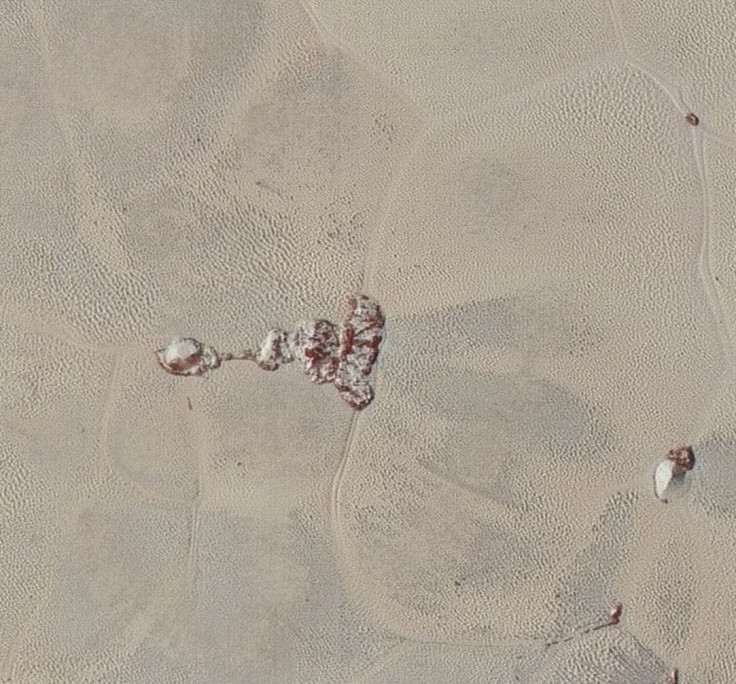Pluto's Scaly, 'Snakeskin' Terrain Revealed In Latest Photos By New Horizons

Diverse, dazzling and mystifying. These are just some of the words that have been used over the past few weeks by space nerds as they pore over high-resolution photographs of the dwarf planet Pluto. With the latest batch of images, released by NASA Thursday, a few more adjectives are now being added -- “unique” and “perplexing.”
The new “extended color” images captured by the New Horizons spacecraft on July 14 -- which show Pluto’s surface across a range of spectra, some of which would be imperceptible to the human eye -- contain one showing “snakeskin” like surface features.
“It looks more like tree bark or dragon scales than geology,” William McKinnon, New Horizons Geology, Geophysics and Imaging (GGI) team deputy lead from Washington University in St. Louis, said in a statement Thursday. “This’ll really take time to figure out; maybe it’s some combination of internal tectonic forces and ice sublimation driven by Pluto’s faint sunlight.”
Abiding by the International Astronomical Union-approved theme for naming features on Pluto after our darkest imaginings, the bizarrely textured mountains are informally being called the Tartarus Dorsa. In Greek mythology, Tartarus is the name of a region of the underworld where the greatest sinners are sent for their transgressions.
Pluto already has a dark region called Cthulhu Regio -- named after H.P. Lovecraft’s Pacific-dwelling beast -- while its moon Charon has an area informally named after the realm of Mordor -- the residence of the dark lord Sauron in “The Lord of The Rings.”

“We used MVIC’s [Multispectral Visual Imaging Camera] infrared channel to extend our spectral view of Pluto,” John Spencer, a GGI deputy lead from Southwest Research Institute (SwRI) in Boulder, Colorado, said in the statement. “Pluto’s surface colors were enhanced in this view to reveal subtle details in a rainbow of pale blues, yellows, oranges, and deep reds. Many landforms have their own distinct colors, telling a wonderfully complex geological and climatological story that we have only just begun to decode.”

Additionally, the space agency also released a map of methane ice across parts of Pluto’s surface, revealing what the scientists called a "classic chicken-or-egg problem."
Higher concentrations of methane have been observed on bright plains and crater rims, and none have been seen in the centers of craters or darker regions. Outside Sputnik Planum -- a vast basin -- methane ice appears to favor brighter areas, but scientists aren’t sure if that’s because methane is more likely to condense there or that its condensation brightens those regions.

“We’re unsure why this is so, but the cool thing is that New Horizons has the ability to make exquisite compositional maps across the surface of Pluto, and that’ll be crucial to resolving how enigmatic Pluto works,” Will Grundy, New Horizons surface composition team lead from Lowell Observatory in Flagstaff, Arizona, said in the statement.
© Copyright IBTimes 2024. All rights reserved.





















